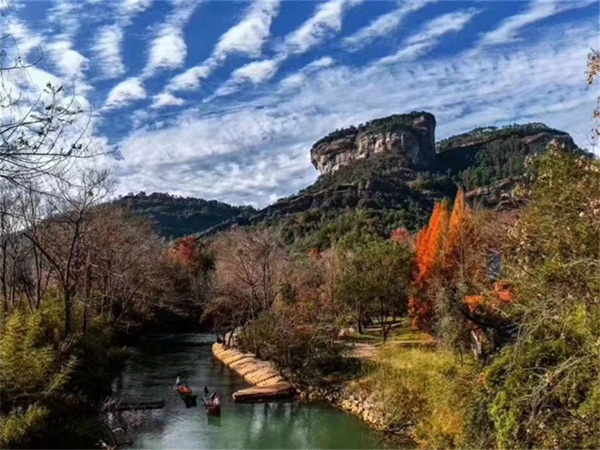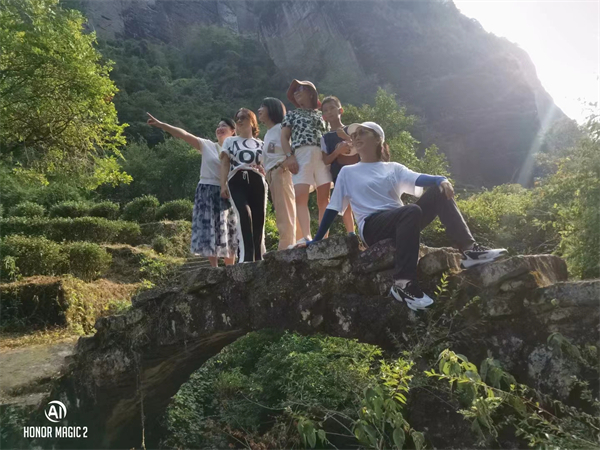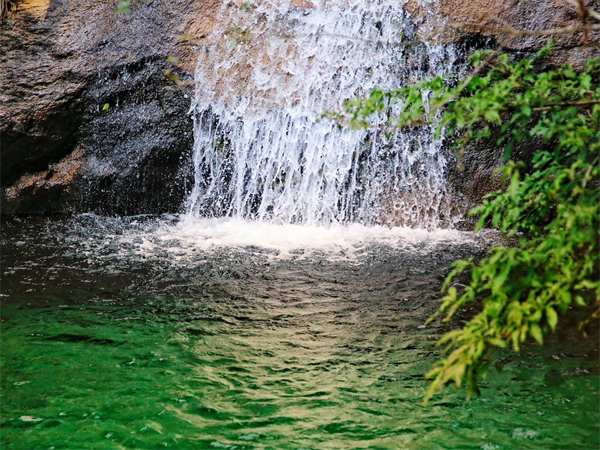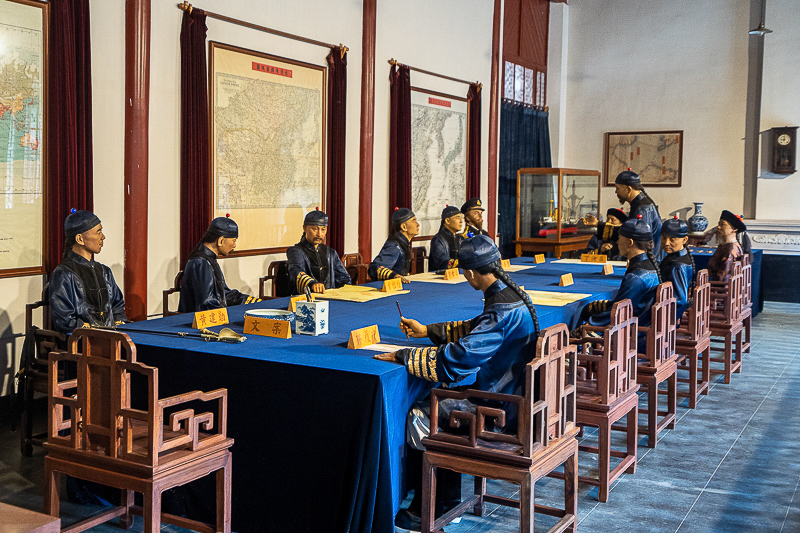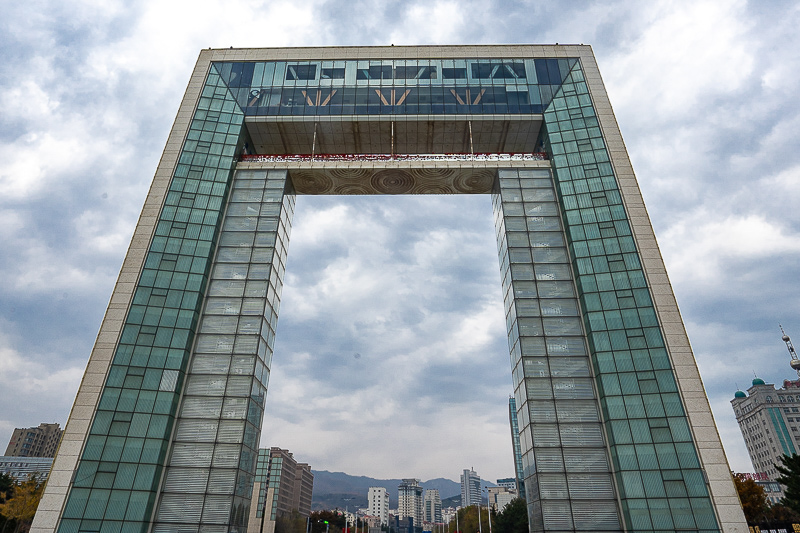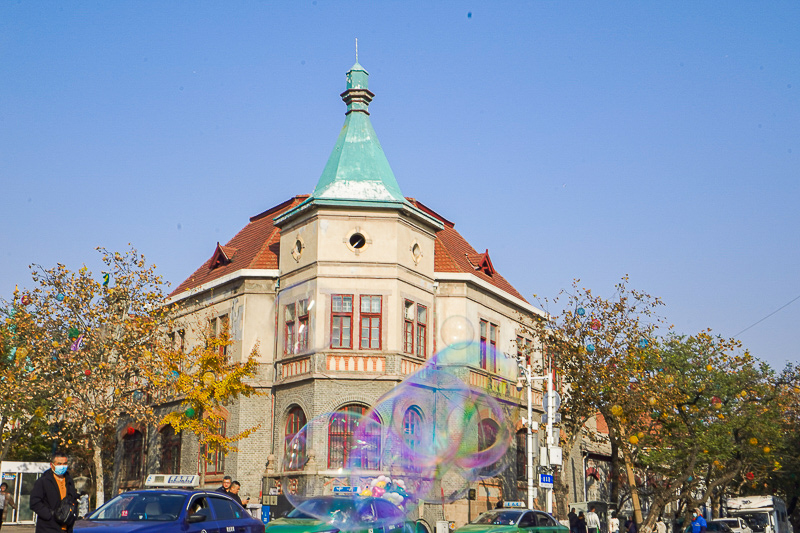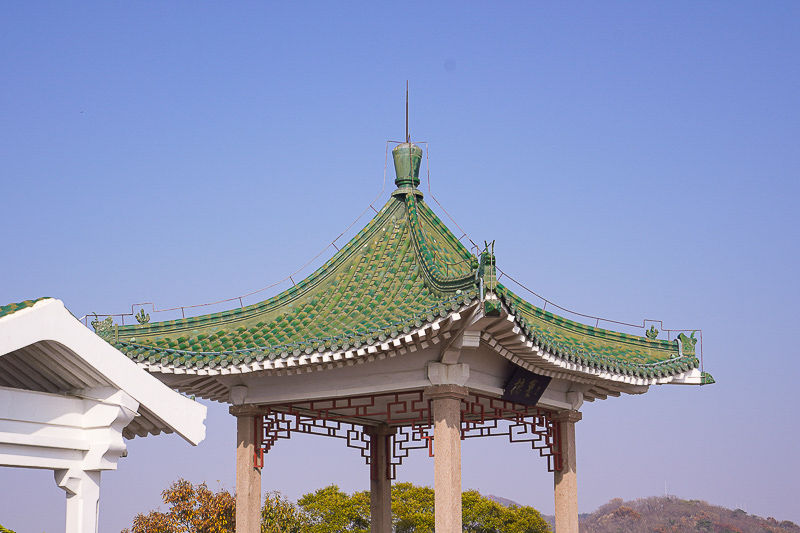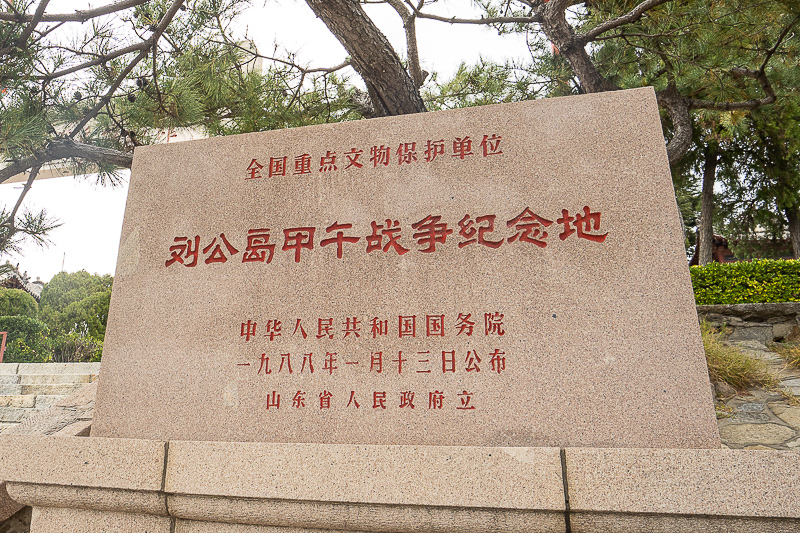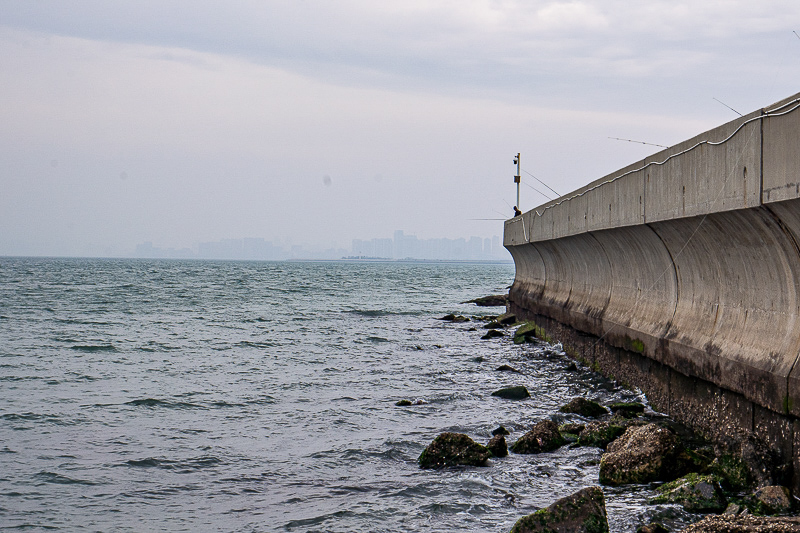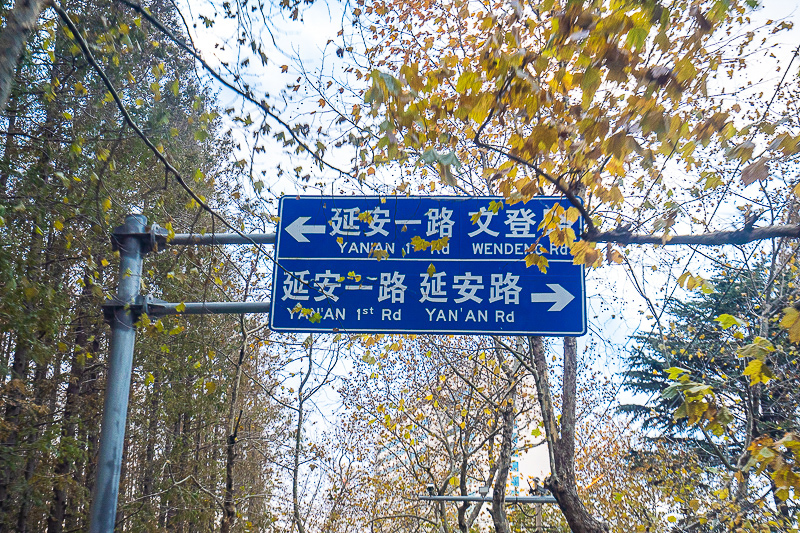本文目录
一、与导游有关的书籍
苏州日语导游词(中日对照)法律基础知识--民法有关导游方面的书籍大集合 2008-07-27 18:08:29|分类:外语导游资料|标签:|举报|字号大中小订阅
西安导游必备姚宝荣梁根顺李瑞林
泉州风光导游泉州对外文化交流协会泉州旅游局
导游的成功秘诀 [加拿大]帕特里克·克伦
香港导游手册香港导游手册编委会编
走遍中国--中国优秀导游词精选(文物古迹篇)国家旅游局
冶金科普读物冶金科学导游 1冶金报社科技部
英语导游翻译实用手册朱歧新张秀桂
英文导游词实用教程陆乃圣金颖颖编著
活细胞导游 [美]克里斯琴·德杜维著陈来成译
一个中国导游的自白北野一志责任编辑:白连国
[全国导游人员资格考试培训系列教材]日语李翠霞
[全国导游人员资格考试培训系列教材]导游基础知识分册徐堃耿
[全国导游人员资格考试培训系列教材]导游业务朱葆琛
合格导游 [联邦德国]哈拉尔德·巴特尔
北京地区导游员考试口试指定用书英语北京导游--主要旅游景点俞新顾维周
教育部规划教材中等职业学校旅行社服务与管理专业导游业务陈刚
化学世界导游 [英]哈泽尔·罗索蒂著严世菁朱文祥译漳州到厦门包车
香山八大处风景区(北京名胜实用导游)刘锋编著
故宫(北京名胜实用导游)刘锋编著
明十三陵(北京名胜实用导游)刘锋编著
当代高雅婚礼套书蜜月旅行导游石夫编著
中华名胜导游系列画册武陵源王钟虎等摄影
北京实用导游词:带您精彩逛京城刘锋著
自然神奇黑龙江:黑龙江省优秀导游词精选黑龙江省旅游局编
浙江旅游景点导游词黄佩军阮裕仁主编
走遍中国:中国优秀导游词精选:综合篇中华人民共和国旅游局
走遍中国:中国优导游词精选:爱国史迹篇中华人民共和国国家旅游局编
走遍中国:中国优秀导游词精选:民俗风情篇中华人民共和国国家旅游局编
走遍中国:中国优秀导游词精选:山水风光篇中华人民共和国国家旅游局编
走遍中国:中国优秀导游词精选:文物古迹篇国家旅游局编
浙江著名景点导游词浙江省旅游避编著
东南亚四国导游手册上海市中国旅行社主编周元福刘友如等编著
地道英语导游100句孙伟苗新萍主编
格导游大师:国际象棋实战教科书 [捷]列蒂著曹安平译
走遍江苏:江苏景点景区导游词精选江苏省旅游局编
中华名胜导游系列画册--长城谷维恒
中华名胜导游系列画册--颐和园谷维恒
中华名胜导游系列画册--苏州园林
中华名胜导游系列画册--九寨沟谷维恒
中华名胜导游系列画册--故宫谷维恒
中华名胜导游系列画册--杭州西湖谷维恒
当代学术巨擘大系神秘世界的导游--傅雷哲阮昌锐
神秘世界的导游--傅雷哲阮昌锐著
日语模拟导游教程(高年级学生用)李抗美潘寿君编著
发明导游 [日]丰泽丰雄编王道生译
全国导游人员资格、等级考试复习大纲(试用)俄语国家旅游局人事劳动教育局
四川导游词精选四川省旅游局四川省旅游协会编
全国导游人员资格、等级考试复习大纲(试用)朝鲜语国家旅游局人事劳动教育局
全国导游人员资格等级考试复习大纲(试用)英语国家旅游局人事劳动教育司
中国科学院武汉植物园植物科普导游手册王诗云等
走遍中国:中国优秀导游词精选=Touring China:Seleted tour Connentaries:英文国家旅游局编王军等译
导游业务国家旅游局人事劳动教育司
全国导游翻译考评辅导复习材料导游业务张践傅东升褚光明陈国成
全国导游人员资格、等级考试复习大纲(试用)法语国家旅游局人事劳动教育局
导游员带团200个怎么办蒋炳辉编著
冶金科普读物冶金科学导游2冶金报社冶金部科技司
摄影导游·B卷《大众摄影》编辑部编
摄影导游·A卷《大众摄影》编辑部编
全国导游基础知识国家旅游局人事劳动教育司
冶金科普读物冶金科学导游(1)冶金报社科技部
导游业务陈永发主编;上海市旅游事业管理委员会编
导游基础知识上海市旅游事业管理委员会编
现场导游实务李志军主编;上海市旅游事业管理委员会编
旅游导游学·旅游导游学:修订版吕宛青
英语应试技巧:四川英语导游应试必备手册杨天庆编著
旅游知识千题选--中国导游大赛试题集李东岗主编
中国导游知识大全《中国导游知识大全》编写组张包镐主编
实用导游规程张践傅东升褚光明编著
内蒙古导游基础知识内蒙古旅游局编
导游知识千题解李元杰纪俊超主编
安徽导游手册浦舟文波编李春尧丁爱云译
发明导游 [日]丰泽丰雄著谢燮正王道生编译
观光导游与领队:理论与实务林灯灿著
冶金科学导游(一)冶金报社科技部编
冶金科学导游(二)冶金报社冶金部科技司编
中国导游十万个为什么四川张承隆编著
导游服务学概论陶汉军黄松山编著
导游实务全国导游人员资格考试教材编写组编
云南旅游导游词(中英文对照)李溅波主编
导游口才训练教程贝思德教育机械编著
导游实操多维心理分析案例100阎纲编著厦门私人导游网
旅游导游会话:第二版计钢曾野桐子
新北京十六景(北京名胜实用导游)严秉康编著
天坛陶然亭(北京名胜实用导游)刘锋编著
发现幸福的火炬--知识之宫导游李剑峰等编著
导游基础知识全国导游人员资格考试教材编写组编
北海团城景山(北京名胜实用导游)刘锋编著
辽东半岛南部震旦系-下寒武统成因地层:附大连市金石滩海岸国家级风景区旅游导游乔秀夫宋天锐李海兵高林志著
导游英语开口说浩瀚英语研究所编著
秦皇岛实用导游手册秦皇岛市地方志办公室编
北京导游英语600句及300问朱歧新王中荔王杰编译
导游讲解实务中国旅行社协会组织编写陈蔚德主编
导游知识读本(第一辑)吕龙根主编
导游员普通话培训与测试邢捍国邢亚红朱勇猛常丽红编著
导游知识读本(第二辑)中国旅行社协会组织编写
中国导游十万个为什么·四川(二)张承隆编著
导游员带团200个怎么办(第二版)蒋炳辉编著
导游英语听与说段开成吕迎春黄宝琴编著
中国导游十万个为什么·甘肃师宗正秦斌峰编著
假日休闲导游图册西南李家本主编安真臻姚绪荣编
全国导游翻译考评辅导复习材料日语测试题集卢友络秦明吾吴瑛美编
全国导游翻译考评辅导复习材料法语测试题集陈根生林小安李锦华彭沂南编
全国导游翻译考评辅导复习材料西班牙语测试题集郜雨平石秀田苏秀花编
全国导游翻译考评辅导复习材料德语测试题集魏永昌唐宗丽编
中国导游十万个为什么:北京 3朱祖希袁家方编著
中国导游十万个为什么:北京 1本书编写组编
中国导游十万个为什么:江苏《中国导游十万个为什么》编写组
中国导游十万个为什么:湖南本书编写组编
和老外聊文化中国:沿途英语导游话题杨天庆编著
导游人员资格考试口试指定参考书北京主要景点介绍北京市旅游局编
中国导游十万个为什么道教王书献等编著
赖特建筑作品与导游(第三版) [美]阿琳·桑德森编陈建平译
阿尔托建筑作品与导游 [美]米切尔·特伦科尔编陈佳良范肃宁译
新北京导游词(第三版)刘锋主编
泰山导游和平孙健山东友谊书社编
烟台导游词精选第一辑烟台市旅游局汇编
烟台导游词精选第二辑烟台市旅游局汇编
景点导游与旅游文化上海及其周边地区(日汉对照)徐胜利编著冯蓉莲王玲汉译
导游带团艺术新篇导游带团艺术新篇蒋炳辉著
山西导游基础知识孙益力主编山西省旅游局编
新北京导游词(第二版)刘锋等编著
日本韩国导游手册上海市中国旅行社编著
西藏导游人员培训考试教材西藏导游解说词国家旅游局人事劳动教育司西藏自治区旅游局编
香港、澳门导游手册上海市中国旅行社编著
职业导游员:导游职业发展动态 [美]凯思琳·林格·庞德(Kathleen Lingle Pond)著张文鲁勤张宏杰译
"步步高"导游年审培训系列教材Ⅱ导游文化与技能彭元力周刚刚主编
21世纪旅游管理专业系列教材导游业务熊剑平主编
旅游院校教学用书模拟导游教程(修订版)姚宝荣主编
中国导游十万个为什么:辽宁周力主编
中国导游十万个为什么:江西余乐鸿曹济仁编著
北京实用导游刘锋主编苏珎梁昌王芳刘清廖玉刘海石美刘小宏舒飞编
情人地图:一个女国际导游的私人DV中国桃王梦菡著
秦皇岛导游词神聊秦皇岛吉羊编著
网络导游:'98热门网址精选伊格工作室编
北京导游(中英对照)韩荣良韩志宇编著
全国旅游院校统编教材模拟导游教程国家旅游局人事劳动教育司编
英语导游考试翻译练习杨天庆编著
武夷风采集:为名家导游札记倪木荣著
游遍甘孜甘孜州景区(点)导游词
韩语导游:北京导游考试辅导用书正阳主编
日语模拟导游李抗美潘寿君潘蕾编著
代数王国导游(初一下学期用)凡响编著
中国导游十万个为什么:佛教徐玉成等编著
全国导游人员资格考试系列教材导游业务(第4版)国家旅游局人事劳动教育司编
中国导游十万个为什么:台湾宋全忠主编
中国导游十万个为什么:广东黎泉编著
英语北京特色景点导游(英语导游人员参考用书)刘爱服编著
高职高专旅游与饭店管理专业系列教材导游基础知识李文芬主编
怎样做好导游工作:全新版王连义编著
几何王国导游(初中二年级用)力文编
几何王国导游(初中三年级用)王白水编
西安导游:中英文对照姚宝荣梁根顺李瑞林潘惠霞编著
普通高等学校旅游管理教材导游技巧与模拟导游窦志萍编著
中国导游十万个为什么内蒙古马志洋编著
中国导游十万个为什么海南纪俊超李秀英编著
中国导游十万个为什么:福建陈健主编
湖南风味特产导游词于乾莉王本银编著
中等职业技术学校旅游服务专业教材导游知识与技能周志宏主编
甘肃·兰州黄河风情线导游图甘肃省地图院编制
香港特别行政区导游图(第4版)广东省地图出版社编
导游部操作实务蒋文中主编杨晨晖贾云辉副主编
河南导游河南人民政府新闻办公室编
河南优秀导游词精选李宗军,王九位编
漳州导游词王龙主编吴海盐赵金花沈顺添副主编
导游知识专题国家旅游局人事劳动教育司编
导游服务技能(第2版)本书编写组
导游知识背景的理论与实践李晋宏编著
浙江省全国导游人员资格考试教材导游文化基础知识浙江省旅游局编
浙江省全国导游人员资格考试教材旅游政策与法规浙江省旅游局编
全国高职高专旅游专业规划教材导游业务叶华胜主编杨奇美副主编
四川红色旅游景区(点)导游词张承隆主编四川省旅游协会编
21世纪高职高专规划教材导游业务吕莉主编
江西省红色旅游景区(点)导游词精粹田勇章国宝主编
名山秀水之旅最新黄山导游图安微省第一测绘院编
地质公园导游必读张天义李江风冯进城编著
平遥古城导游图山西汾渭能源咨询有限公司编
三明市旅游景点导游图福建省地图出版社编制
湖南导游词于乾莉王本银赵湘军编著
现代日语口语新突破导游日语演练教程大连篇蔡全胜,吴桐主编
阅读华夏中国导游知识黄细嘉主编
导游服务英语金鑫,邱小轻,冯桂芳编著
曲阜交通导游图山东省地图出版社编
二、西安大雁塔的英文导游解说词是什么
1、大雁塔是楼阁式砖塔,采用磨砖对缝(意思是将砖的 6个面磨光,用石灰、三合土、米浆粘连)的砌垒技术。大雁塔的特点是:砖结构体现出木结构的斗拱风格;砖墙上显出“棱柱”来,可以明显分出墙壁开间。这些都是中国特有的传统建筑艺术形式。大雁塔塔身高大,结构坚固,外观庄严、朴实、大方,充分体现了我国古代劳动人民的智慧和才能。
2、The Heavenly King and the Buddha in line drawings appear on the door frames and horizontal bars on the four sides of the pagoda's base. They are vividly portrayed in smooth lines and show a high level of workmanship. They serve as an important source of material for the study of paintings and sculptures of the Tang Dynasty. Out of these artistic works, the one on the horizontal bar of the west door is the most precious. It is a rare piece of art now used for the study of the Tang architecture.
3、塔底层四周门楣上雕刻有天王及佛像等线刻画,这些画刻工高超,形象生动,线条流畅,是研究唐代绘画及雕刻的重要资料,其中尤以西门楣的线刻画最为珍贵,是研究唐代建筑的珍贵艺术品。大雁塔的得名还有一段有趣的故事呢!传说玄奘在印度取经时曾住在一座大乘佛寺内。印度佛教分大乘、小乘两派。大乘吃素,小乘吃荦。玄奘住的这座寺院附近有一座小乘寺。一天该寺的僧人因吃不到肉而发愁,那天正好是菩萨布施日。一个和尚仰天叹道:“大慈大悲的菩萨一定不会忘记今天是什么日子!”他正说着,一群大雁飞来,头雁坠地而死。僧侣们个个惊愕万分,以为菩萨显灵,送来大雁以解饥苦。从此,全寺和尚不再吃肉并改信大乘佛教。他们还在大雁落地处修建了一座塔,取名“雁塔”。大雁塔就是玄奘依照印度那座“雁塔”的形式设计建造的。为了颂扬佛教,纪念玄奘,后来人们就称慈恩寺塔为“雁塔”。半个世纪后,荐福寺塔修成了。两塔遥遥相对,风采各异。因荐福寺塔比雁塔小,人们就将这座塔叫大雁塔,而将荐福寺塔改叫小雁塔了。
4、There is an interesting story about the name of the pagoda. It is said that Master Xuan Zang once stayed in a Mahayana temple in India. In fact, there are two major sects of Buddhism in India, the Mahayana and the Hinayana. The Mahayana believers are vegetarians while those of the Hinayana are non-vegetarians. Near the temple where he stayed, there was a Hinayana temple. One day, a monk was just worried about the shortage of meat in the temple厦门导游肖鹭毅. But it happened to be the General Alms Day of the Buddha, another monk looked up at the sky and sighed,“Our beloved Buddha, the Great and Merciful, will not forget what day it is today!” At these words, a flock of wild geese flew over the temple. The head goose dropped dead to the ground. The monks were all puzzled by this, and they concluded that this must be the result of the Buddha's spirit at work: to provide them with the wild goose. Ever since then, the monks of the temple became vegetarians and began to believe in Mahayana Buddhism. They also set up a pagoda where the wild goose dropped dead, and called it the Wild Goose Pagoda. The Wild Goose Pagoda that greets us today was acturally modeled after its Indian prototype. It was given the same name in memory of Xuan Zang and in praise of Buddhism. After about half a century, the pagoda at the Jianfu Temple was built. The two pagodas face each other over a distance, but assume different styles. Since the one in the Jianfu Temple is smaller than the Wild Goose Pagoda, it is often called the Small Wild Goose Pagoda.
三、西安钟鼓楼城墙英文导游词
导游词,是导游人员引导游客观光游览时的讲解词,是导游员同游客交流思想,向游客传播文化知识的工具,也是应用写作研究的`文体之一。特点是口语化,还具有知识性、文学性、礼节性等特点。以下是小篇为大家整理的西安钟鼓楼城墙英文导游词。
The Bell Tower Drum Tower and the City Well in Xi’an
Good morning Ladies and Gentlemen:
Today we will have three places to visit—the Bell Tower the Drum Tower and the City Well. First we come to the Bell Tower.
The Bell Tower, a classical building with carved beams and painted rafters, has been served as the symbol of Xi’an. It stands in the center of the downtown area where the north street, the south street, the west street and the east street meet. And the tower house a huge bell which in ancient times was use to strike the time every morning. This is how the tower got its name. now it is an important historical monument in shaanxi Province.
The Bell tower was first built in Ying Xiang temple in 1384 during the Ming dynasty. It was moved to its present site in 1582 as a result of the city‘s expansion program.
Ladies and gentlemen, There is a story about the Bell Tower. It’s said that the first emperor of Ming dynasty, Zhu yuanzhang, he was born in a poor family. Both his parent died when he was young, and he had to live a hard life. Later, he went to a temple to become a monk. When he ascended the throne, he was afraid of being deposed by someone of“real dragon”. Therefore, he gave orders to build bell tower all over the county to repress the“dragon spirits”. Xi’an has been the imperial capital city since ancient times. So the“dragon spirits” must be very strong here. That’s why the bell tower in Xi’an was not only built earlier, but also bigger than the other ones in the country. The base of the tower is 1,337.4 square meters in size, 8.6 meters high and 35.5 meters wide. It was laid with blue bricks all over. The whole building is 36 meters above ground. It is a brick-and–wood structure. The eaves are supported by colored“dou gong” a traditional structural system in which brackets are used to join columns and crossbeams, the use of dou gong made the whole building firm and beautiful.
Well, next we will visit the Drum Tower nearly.
The Drum Tower stands 500 meters to the northwest of the Bell Tower. It was built in 1380. There used to be a huge drum in the tower, which told the time at dark, and that is how the tower got its present name. Besides marking the time, the drum was also used to give warnings to people in times of war. The base of The Drum Tower is 1,924 square meters in size, and 34 meters in height. It was built with blue bricks. The Drum Tower has a rectangular shape and shows tier and the outside eaves are decorated with networks of wood arches.
At last, we will visit the famous city wall of Xi’an. The most complete and the best preserved city wall in china.
The city wall of Xi’an is an extension of the prior Tang dynasty structure. It was stared in 1370 and finished in 1378 and has a rectangular–shaped construction. It is over 4 kilometers from the east to west and about 3 kilometers from the north to south. And the total length is 13.7 kilometers. It stands 12 meters high, 12-14 meters wide across the top and 15-18 meters thick at the button. On the top of the city wall, there is a rampart every 120 meters, which extends out from the main wall. The top of the rampart is at the same level as the top of the wall. The ramparts were built to allow soldiers to see those enemies who would try to climb up the wall. The distance between every two ramparts is just within the range of arrow shot from either side. This allowed soldiers to protect the entire wall without exposing themselves to the enemy. There are altogether 98 of them on the city wall and each has a sentry building on top of it.
There are four main gates of the city wall-one on each side-named the east gate, the west gate, south gate and north gate. The four gates of the city wall were the only way to go into and out of town. In Xi’an, each of the four gates consists of three gate towers. The main gate tower is called ZhengLou which is located on top of the main part of the city wall. It is the inner one and is also the main entrance to the city. Zha lou is the gate tower which a suspension bridge and located outside of the city wall. It’s used to lift and lower the suspension bridge. Jian lou is the arrow tower and located in between the Zhenglou and Zhaloutowers. There are square windows in the front and on the two sides to shoot arrows. Jianlou and Zhenglou are connected by walls and the encircled area is called Wongcheng in which soldiers could be stationed. From Wongcheng, there are also horse passages leading to the top of the wall. There are altogether eleven horse passages around the city.
A watch tower is located on each of the four corners of the wall. The one at the southwestern corner is round, probably after the model of the imperial city wall of the Tang dynasty. But the other three are square and are higher and larger than the sentry building on the ramparts. This shows the strategic importance of the corners of the city wall.
All right, we have finished visiting the famous city wall of Xi’an. Thank you.

